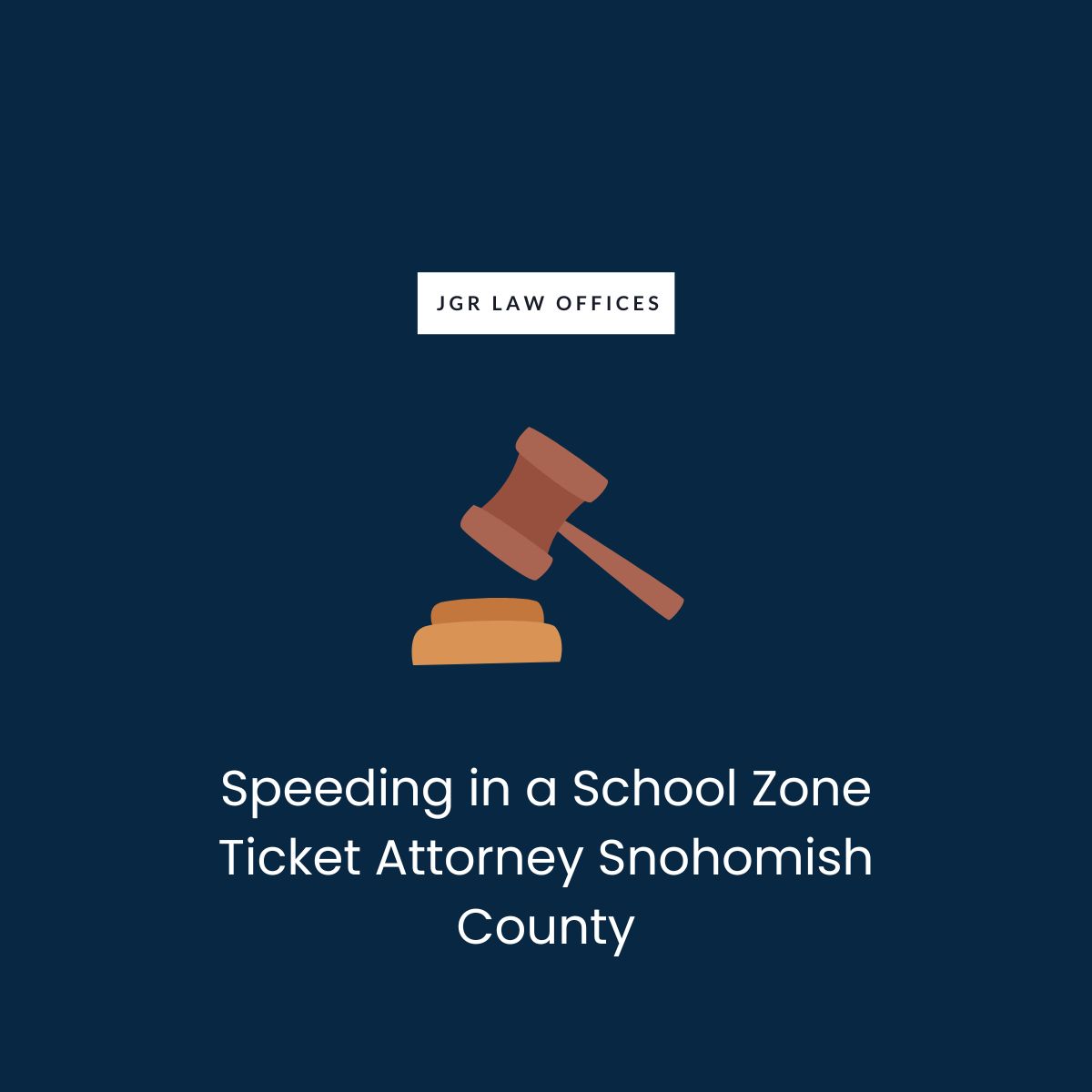Car Accidents: Prove Your Errors
The outcome of a vehicle accident damage claim is often dependent on proof that the other motorist was at fault.
As with any event that may end in bodily harm, determining who is to blame for a traffic collision is often a question of recklessness or, in legal language, “negligent.”In many instances, common sense will inform you that a motorist, cyclist, electric scooter driver, or pedestrian was careless, but you may not know what laws or regulations that individual broke. If you can obtain “formal” backing for your conclusion with an insurance company, your argument that someone else was at fault for an accident may be verified.
A police officer or other local police officer may be present at the scene of a vehicle collision, particularly if they know someone has been hurt. When an officer arrived on the scene, he or she most likely made a written accident report. Inquire with your local law enforcement agency’s transportation department about obtaining a copy.
A police report may clearly indicate an officer’s view that someone broke a specific traffic code and that the violation was the cause of the collision. It may even imply that the agent provided a quotation. In other instances, the report just notes reckless driving without specifying whether or not the infraction was the cause of the accident.
Regardless of the detail, any reference of a traffic infraction or reckless driving by another person in a police report may be very useful in establishing that the other person was at blame.
Find out more about police reports and automobile accident claims.
The state’s driving rules are another area to search for evidence to back up your claim that the other motorist was at fault. These road traffic regulations are enshrined in each state’s legislation and are colloquially known as the “vehicle code.”The Department of Motor Vehicles in your state may have an official, simplified version of these rules (often referred to as “Road Traffic Rules”) (often online and usually at a local office). The whole vehicle code is typically accessible online or at many public libraries (and all legal libraries).
Look for items in the vehicle code index that may be relevant to your accident. There may be listings of “speed limits,” “right of way,” or “road markers,” for example. If you go to a legal library, the librarian may be willing to assist you with your research. So don’t be scared to inquire. When you come across a regulation that may apply to your accident, make a note of not only the specific language but also the legislation number so you can refer to it exactly when discussing your damage with the expert.
If you are involved in certain kinds of vehicle accidents, 99 percent of the time it is the responsibility of the other driver, and insurance companies are unlikely to go to the trouble of fighting about it.
If you are struck from behind, it is virtually never your responsibility, regardless of why you stopped. A fundamental rule of road traffic is that a driver must be able to safely stop his vehicle when traffic in front of him comes to a halt. A motorist who cannot safely stop will not drive as cautiously as the driver in front of him.
Another definite thing for claiming damages at the back is that vehicle damage frequently shows how it happened: if the front of one car is damaged and the rear of the other is also damaged, there can’t be many disputes over who met whom. Of course, the driver of the vehicle that struck you may have a claim against someone who abruptly stopped you or a third car that pushed their car into yours, but it does not absolve them of duty for your injuries
Remember, even if you were demoted, your own carelessness may decrease your compensation under the “comparative negligence” criterion. A typical scenario is when one or both of your brake or tail-lights were turned off, particularly if the collision occurred at night. Another case in point is when you have mechanical issues but have not done all possible to get the car off the road.
A vehicle turning left nearly always causes a collision with a car going straight in the other direction. Exceptions to this almost automatic rule are uncommon and difficult to establish, although they may arise if: As with a rear-end collision, the position of the damage to the vehicle can sometimes make it impossible for the driver to determine that the accident occurred other than while turning left.
